Solid Structural Design Ltd.
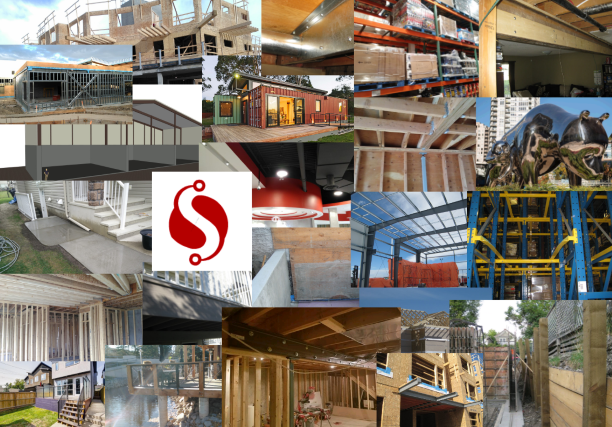

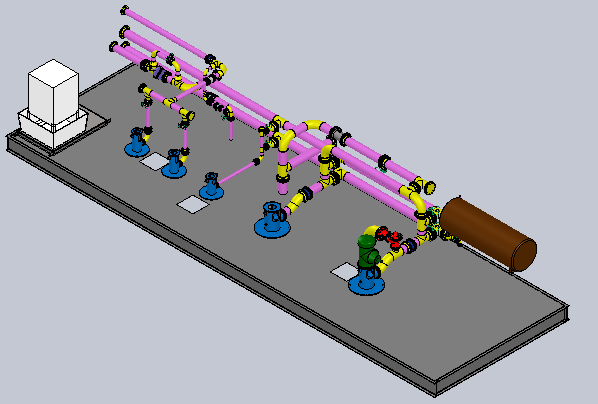

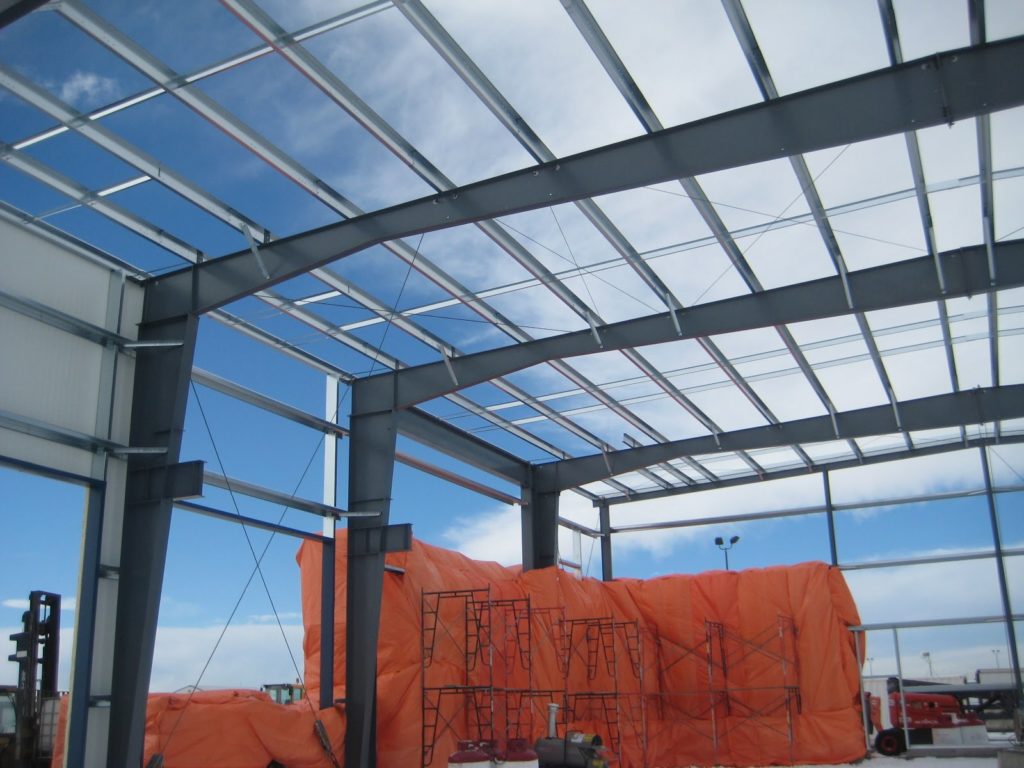
About Us
Solid Structural Design Ltd. is an engineering consulting service provider, supporting clients across a wide range of sectors including residential, commercial, institutional, power & energy, oil & gas, agriculture, and water treatment. We are a registered engineering permit holder with the Association of Professional Engineers and Geoscientists of Alberta (APEGA). For the past 30 years, Solid has been committed to providing five-star services and products to all our clients. Customer satisfaction remains our top priority.
Our Services
Our main services include structural engineering, 3D modeling, project management and structural procurement.

Structural Engineering
Provide structural engineering service
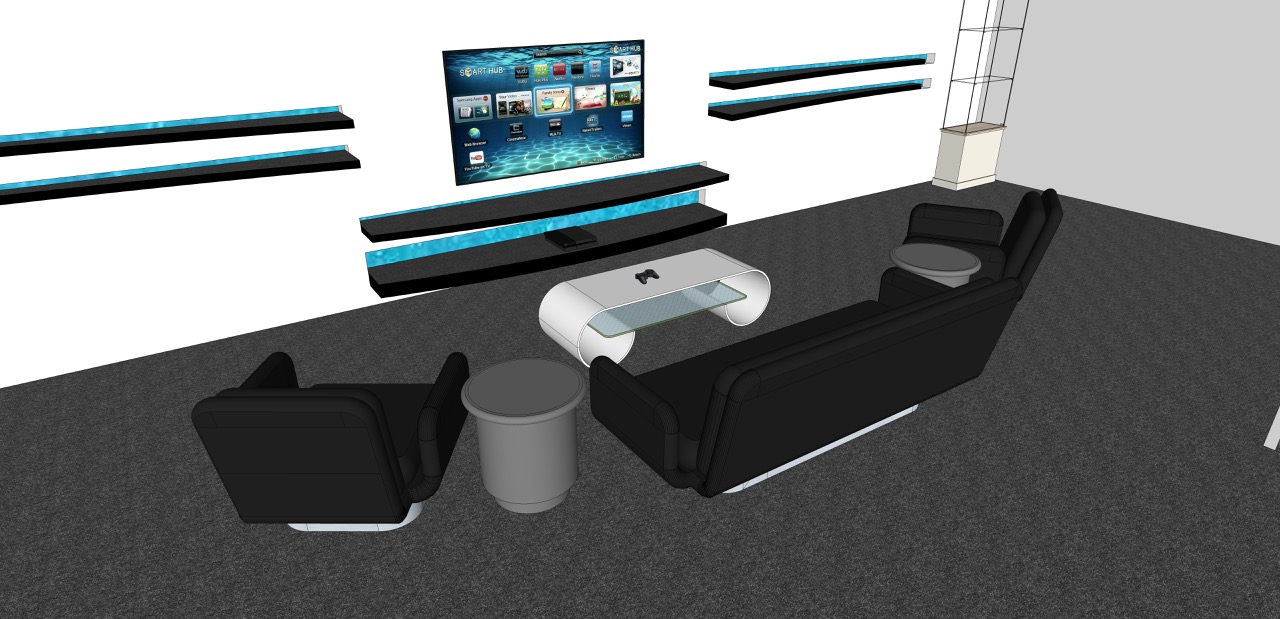
3D Modeling
Provide 3D modeling service
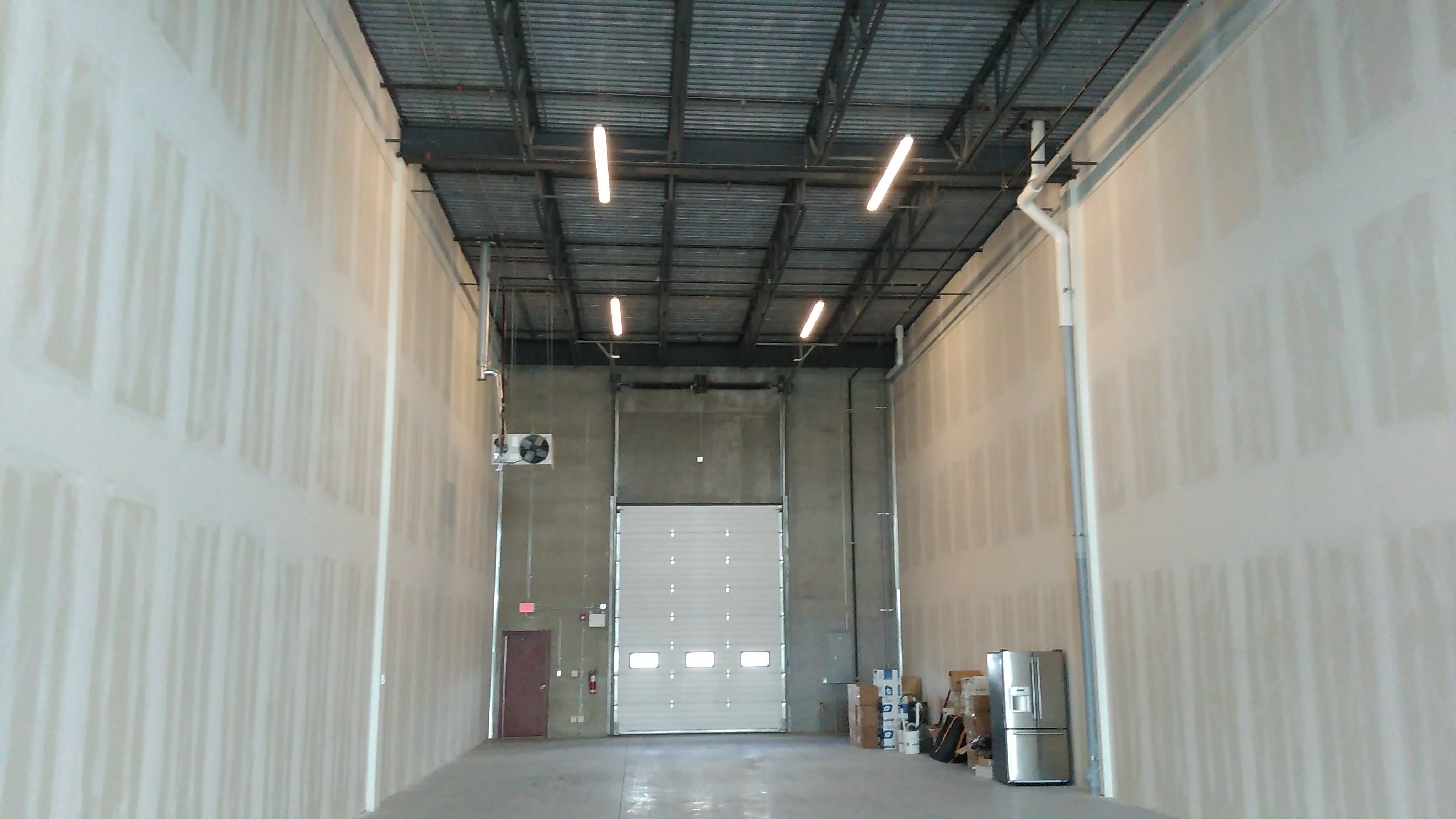
Project Management
Provide project management service

Structural Procurement
Provide structural procurement service
Why Choose Us
Customer Focused
Customer is our first priority.
No Hidden fee
There will be no hidden fee for the project.
On Time
The project will be finished on time, on schedule.
Professional
Always keep the engineering work to the high professional standards.
Client Testimonials



